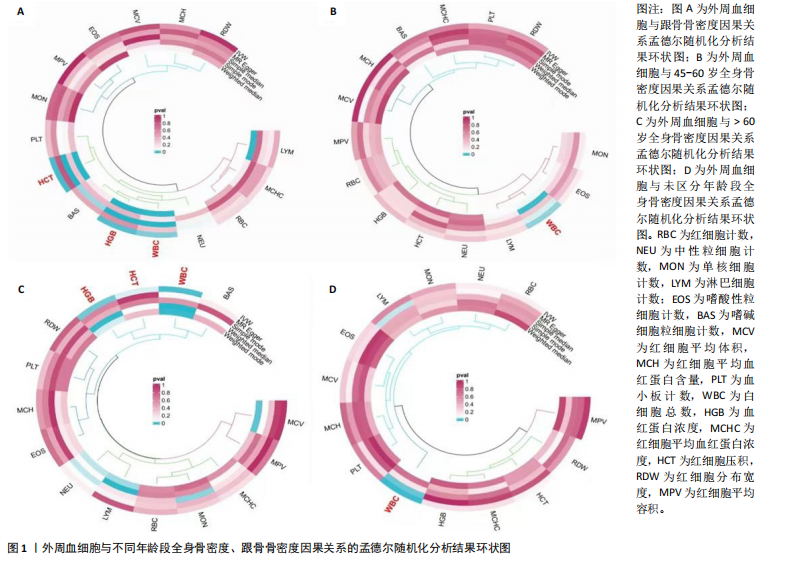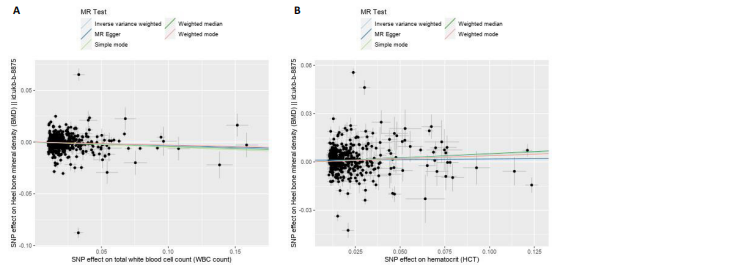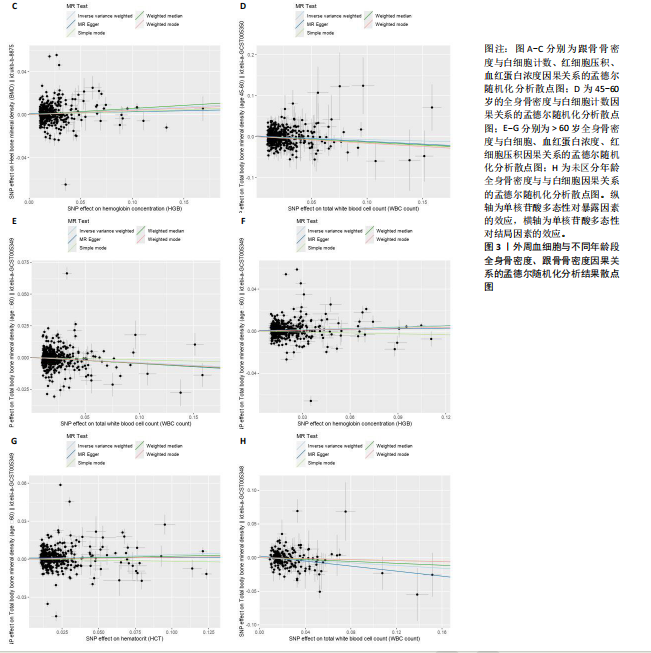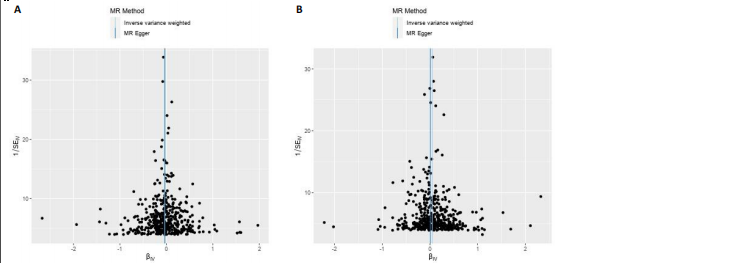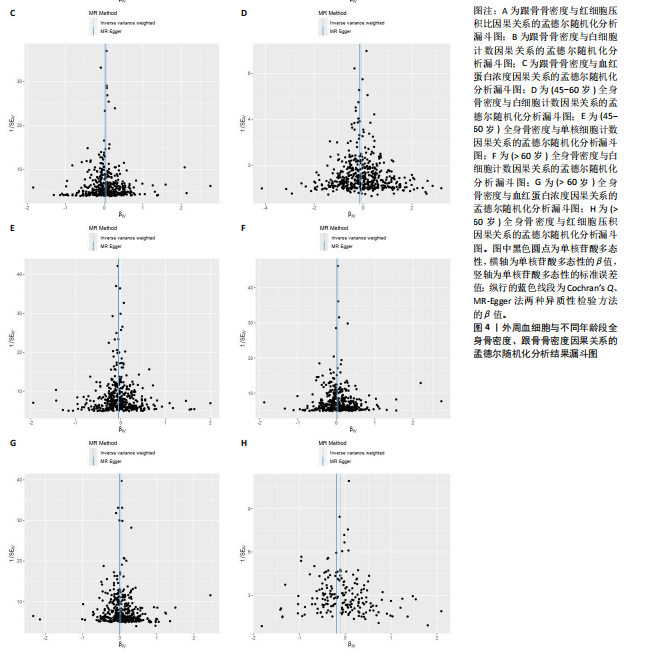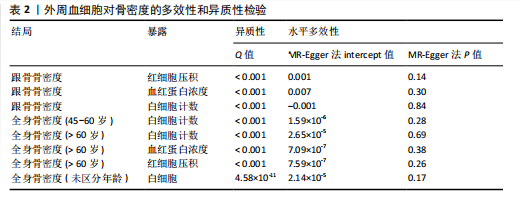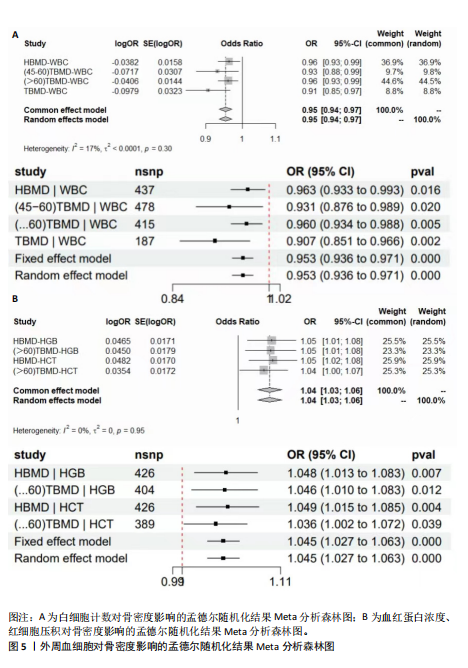[1] LONG G, LIU C, LIANG T, et al. Predictors of osteoporotic fracture in postmenopausal women: a meta-analysis. J Orthop Surg Res. 2023; 18(1):574.
[2] LI Y, HAO W, GUAN J, et al. Relationship between indices of circulating blood cells and bone homeostasis in osteoporosis. Front Endocrinol (Lausanne). 2022;13:965290.
[3] FAN J, SU YW, HASSANSHAHI M, et al. β-Catenin signaling is important for osteogenesis and hematopoiesis recovery following methotrexate chemotherapy in rats. J Cell Physiol. 2021;236(5):3740-3751.
[4] BISWAS S, SHAH MS, SARKAR SK, et al. Measurement of Bone Mineral Density in the Transfusion Dependent Thalassemic Patients. Mymensingh Med J. 2022;31(2): 428-430.
[5] GIORDANO P, URBANO F, LASSANDRO G, et al. Mechanisms of Bone Impairment in Sickle Bone Disease. Int J Environ Res Public Health. 2021;18(4):1832.
[6] VAN ATTEVELD JE, DE WINTER DT, PIETERS R, et al. Recent perspectives on the association between osteonecrosis and bone mineral density decline in childhood acute lymphoblastic leukemia. Fac Rev. 2021; 10:57.
[7] WONG CC, LIAO JH, SHEU SY, et al. Novel transplant of combined platelet-rich fibrin Releasate and bone marrow stem cells prevent bone loss in Ovariectomized osteoporotic mice. BMC Musculoskelet Disord. 2020;21(1):527.
[8] BROWN JP. Long-Term Treatment of Postmenopausal Osteoporosis. Endocrinol Metab (Seoul). 2021;36(3):544-552.
[9] YANG J, WU J. Discovery of potential biomarkers for osteoporosis diagnosis by individual omics and multi-omics technologies. Expert Rev Mol Diagn. 2023; 23(6):505-520.
[10] DUDBRIDGE F. Polygenic Mendelian Randomization. Cold Spring Harb Perspect Med. 2021;11(2):a039586.
[11] BIRNEY E. Mendelian Randomization. Cold Spring Harb Perspect Med. 2022;12(4): a041302.
[12] CHEN MH, RAFFIELD LM, MOUSAS A, et al. Trans-ethnic and Ancestry-Specific Blood-Cell Genetics in 746,667 Individuals from 5 Global Populations. Cell. 2020;182(5):1198-1213.e14.
[13] GKASTARIS K, GOULIS DG, POTOUPNIS M, et al. Obesity, osteoporosis and bone metabolism. J Musculoskelet Neuronal Interact. 2020;20(3):372-381
[14] WEI Y, ZHAN Y, CARLSSON S. Childhood adiposity and novel subtypes of diabetes in adults: a Mendelian randomisation and genome-wide genetic correlation study. Lancet Glob Health. 2023;11 Suppl 1:S1.
[15] WU X, WANG C, LI H, et al. Circulating white blood cells and lung function impairment: the observational studies and Mendelian randomization analysis. Ann Med. 2021; 53(1):1118-1128.
[16] XU J, ZHANG S, TIAN Y, et al. Genetic Causal Association between Iron Status and Osteoarthritis: A Two-Sample Mendelian Randomization. Nutrients. 2022;14(18):3683.
[17] HO J, MAK CCH, SHARMA V, et al. Mendelian Randomization Studies of Lifestyle-Related Risk Factors for Osteoarthritis: A PRISMA Review and Meta-Analysis. Int J Mol Sci. 2022;23(19):11906.
[18] BAURECHT H, FREUER D, WELKER C, et al. Relationship between periodontitis and psoriasis: A two-sample Mendelian randomization study. J Clin Periodontol. 2022;49(6):573-579.
[19] MA XB, LIU YM, LV YL, et al. Interaction between systemic iron parameters and left ventricular structure and function in the preserved ejection fraction population: a two-sample bidirectional Mendelian randomization study. J Geriatr Cardiol. 2024;21(1):64-80.
[20] CAO Z, WU Y, LI Q, et al. A causal relationship between childhood obesity and risk of osteoarthritis: results from a two-sample Mendelian randomization analysis. Ann Med. 2022;54(1):1636-1645.
[21] LIN L, LUO P, YANG M, et al. Causal relationship between osteoporosis and osteoarthritis: A two-sample Mendelian randomized study. Front Endocrinol (Lausanne). 2022;13:1011246.
[22] 杨敬言,马涉,黄仁俊,等.基于孟德尔随机化分析躯干及下肢脂肪量与椎间盘退变的因果关系[J].中国组织工程研究,2024,28(35):5688-5694.
[23] JEONG HR, SHIM YS, LEE HS, et al. Hemoglobin and hematocrit levels are positively associated with blood pressure in children and adolescents 10 to 18 years old. Sci Rep. 2021;11(1):19052.
[24] CARSON JL, STANWORTH SJ, DENNIS JA, et al. Transfusion thresholds for guiding red blood cell transfusion. Cochrane Database Syst Rev. 2021;12(12):CD002042.
[25] LI L, GE JR, CHEN J, et al. Association of bone mineral density with peripheral blood cell counts and hemoglobin in Chinese postmenopausal women: A retrospective study. Medicine (Baltimore). 2020;99(28):e20906.
[26] SIMIC MK, MOHANTY ST, XIAO Y, et al. Multi-Targeting DKK1 and LRP6 Prevents Bone Loss and Improves Fracture Resistance in Multiple Myeloma. J Bone Miner Res. 2023;38(6):814-828.
[27] COWAN AJ, GREEN DJ, KWOK M, et al. Diagnosis and Management of Multiple Myeloma: A Review. JAMA. 2022;327(5): 464-477.
[28] BELLELLI A, TAME JRH. Hemoglobin allostery and pharmacology. Mol Aspects Med. 2022; 84:101037.
[29] MENG X, WIELOCKX B, RAUNER M, et al. Hypoxia-Inducible Factors Regulate Osteoclasts in Health and Disease. Front Cell Dev Biol. 2021;9:658893.
[30] LI D, JIANG Y, HE P, et al. Hypoxia Drives Material-Induced Heterotopic Bone Formation by Enhancing Osteoclastogenesis via M2/Lipid-Loaded Macrophage Axis. Adv Sci (Weinh). 2023;10(15):e2207224.
[31] LAPPIN KM, MILLS KI, LAPPIN TR. Erythropoietin in bone homeostasis-Implications for efficacious anemia therapy. Stem Cells Transl Med. 2021;10(6):836-843.
[32] SURESH S, LEE J, NOGUCHI CT. Erythropoietin signaling in osteoblasts is required for normal bone formation and for bone loss during erythropoietin‐stimulated erythropoiesis. FASEB J. 2020;34(9): 11685‐11697.
[33] KRISTJANSDOTTIR HL, LEWERIN C, LERNER UH, et al. High Plasma Erythropoietin Predicts Incident Fractures in Elderly Men with Normal Renal Function: The MrOS Sweden Cohort. J Bone Miner Res. 2020; 35(2):298-305.
[34] OU-YANG J, ZHANG J, TAN X, et al. Risk Interval of Complete Blood Counts May be Closely Associated with Bone Mineral Density in the Elderly Chinese Population. Clin Lab. 2020;66(10).doi: 10.7754/Clin.Lab.2020.191238.
[35] SALIMI M, KHANZADEH M, NABIPOORASHRAFI SA, et al. Association of neutrophil to lymphocyte ratio with bone mineral density in post-menopausal women: a systematic review and meta-analysis. BMC Womens Health. 2024;24(1):169.
[36] NIE YZ, YAN ZQ, YIN H, et al. Osteosarcopenic obesity and its components-osteoporosis, sarcopenia, and obesity-are associated with blood cell count-derived inflammation indices in older Chinese people. BMC Geriatr. 2022;22(1):532.
[37] KIM HL, CHO HY, PARK IY, et al. The positive association between peripheral blood cell counts and bone mineral density in postmenopausal women. Yonsei Med J. 2011;52(5):739-745.
[38] LI Y, HAO W, GUAN J, et al. Relationship between indices of circulating blood cells and bone homeostasis in osteoporosis. Front Endocrinol (Lausanne). 2022;13:965290.
[39] HEDAYATI MT, MONTAZERI M, RASHIDI N, et al. White blood cell count and clustered components of metabolic syndrome: A study in western Iran. Caspian J Intern Med. 2021;12(1):59-64.
[40] LUO G, LI F, LI X, et al. TNF α and RANKL promote osteoclastogenesis by upregulating RANK via the NF κB pathway. Mol Med Rep. 2018; 17(5):6605-6611.
[41] CHEN B, LI HZ. Association of IL-6 174G/C (rs1800795) and 572C/G (rs1800796) polymorphisms with risk of osteoporosis: a meta-analysis. BMC Musculoskelet Disord. 2020;21(1):330.
[42] KIM JH, LEE YJ, PARK B. Higher monocyte count with normal white blood cell count is positively associated with 10-year cardiovascular disease risk determined by Framingham risk score among community-dwelling Korean individuals. Medicine (Baltimore). 2019;98(17):e15340.
[43] SONG BW, KIM AR, MOON DH, et al. Associations of Neutrophil-to-Lymphocyte Ratio, Platelet-to-Lymphocyte Ratio and Monocyte-to-Lymphocyte Ratio with Osteoporosis and Incident Vertebral Fracture in Postmenopausal Women with Rheumatoid Arthritis: A Single-Center Retrospective Cohort Study. Medicina (Kaunas). 2022;58(7):852.
[44] QU L, ZUO X, YU J, et al. Association of inflammatory markers with all-cause mortality and cardiovascular mortality in postmenopausal women with osteoporosis or osteopenia. BMC Womens Health. 2023; 23(1):487.
[45] LIU YC, YANG TI, HUANG SW, et al. Associations of the Neutrophil-to-Lymphocyte Ratio and Platelet-to-Lymphocyte Ratio with Osteoporosis: A Meta-Analysis. Diagnostics (Basel). 2022; 12(12):2968.
[46] CHEN S, SUN X, JIN J, et al. Association between inflammatory markers and bone mineral density: a cross-sectional study from NHANES 2007-2010. J Orthop Surg Res. 2023;18(1):305.
[47] HO SC, LI GH, LEUNG AY, et al. Unravelling genetic causality of haematopoiesis on bone metabolism in human. Eur J Endocrinol. 2022;187(6):765-775. |
